
https://ebookmass.com/product/psychoanalytic-psychotherapy-
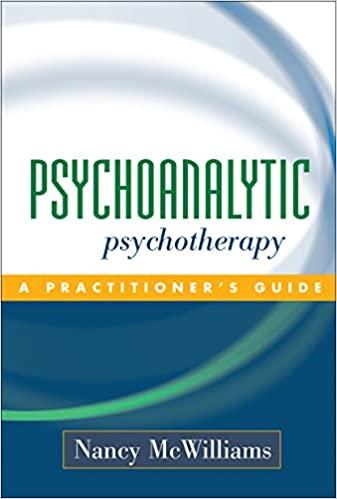
Instant digital products (PDF, ePub, MOBI) ready for you
Download now and discover formats that fit your needs...
Guide to Psychoanalytic Developmental Theories – Ebook PDF Version
https://ebookmass.com/product/guide-to-psychoanalytic-developmentaltheories-ebook-pdf-version/
ebookmass.com
The guide to interpersonal psychotherapy Klerman
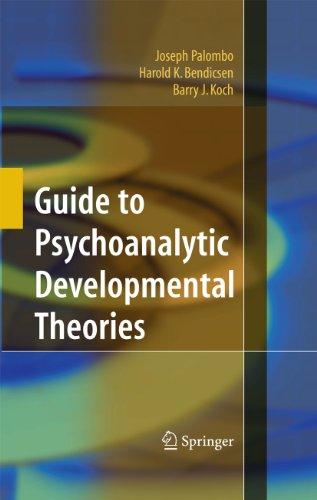
https://ebookmass.com/product/the-guide-to-interpersonalpsychotherapy-klerman/
ebookmass.com
Psychoanalytic Case Formulation 1st Edition, (Ebook PDF)
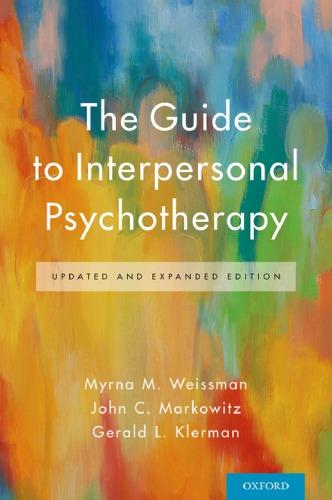
https://ebookmass.com/product/psychoanalytic-case-formulation-1stedition-ebook-pdf/
ebookmass.com
The Genesis Book: The Story of the People and Projects That Inspired Bitcoin Aaron Van Wirdum
https://ebookmass.com/product/the-genesis-book-the-story-of-thepeople-and-projects-that-inspired-bitcoin-aaron-van-wirdum/
ebookmass.com
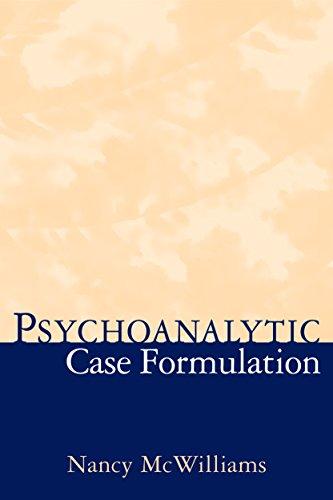

Possessive Publisher Lena Little
https://ebookmass.com/product/possessive-publisher-lena-little/
ebookmass.com
Contemporary Chemical Approaches for Green and Sustainable Drugs 1st Edition Török M. (Ed.)
https://ebookmass.com/product/contemporary-chemical-approaches-forgreen-and-sustainable-drugs-1st-edition-torok-m-ed/
ebookmass.com
Time for Me: Self Care and Simple Pleasures for Women Who Do Too Much Helene Lerner
https://ebookmass.com/product/time-for-me-self-care-and-simplepleasures-for-women-who-do-too-much-helene-lerner/
ebookmass.com
Theoretical Nursing: Development and Progress Sixth Edition
https://ebookmass.com/product/theoretical-nursing-development-andprogress-sixth-edition/
ebookmass.com
The Grandmother Plot: A Novel Caroline B. Cooney


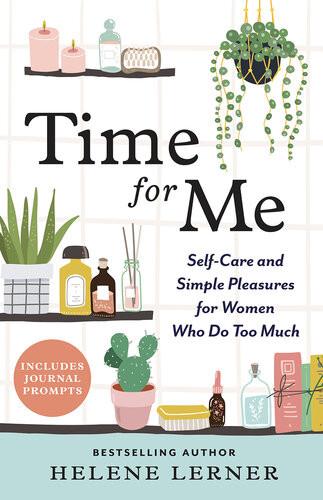
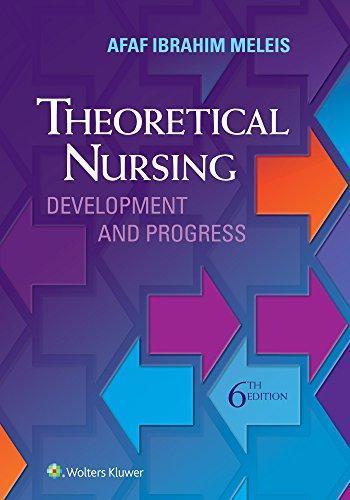
https://ebookmass.com/product/the-grandmother-plot-a-novel-caroline-bcooney/
ebookmass.com
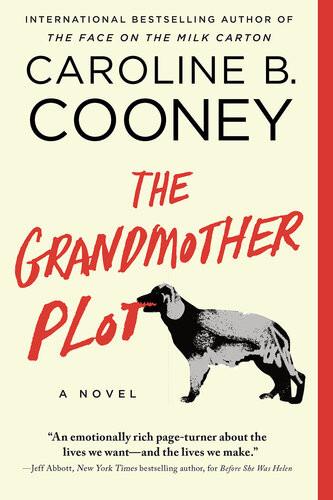
The New York Review of Books – N. 05, March 24 2022
Various Authors
https://ebookmass.com/product/the-new-york-review-ofbooks-n-05-march-24-2022-various-authors/
ebookmass.com
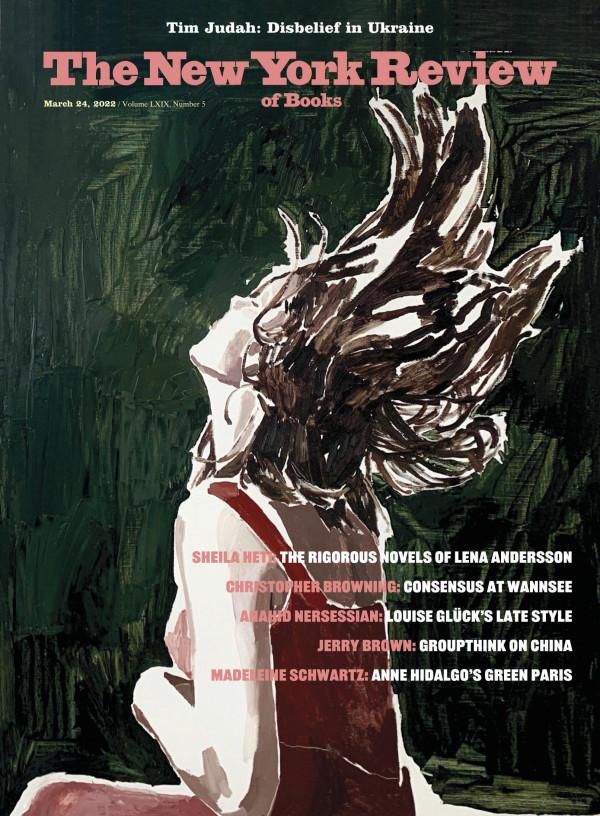
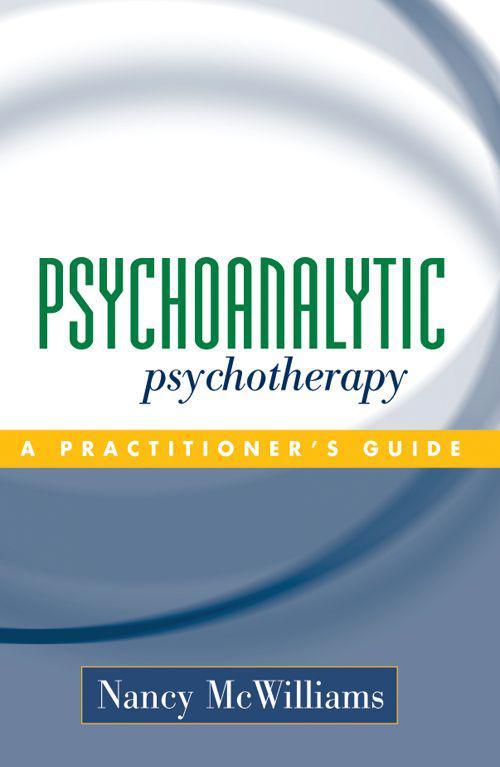
potential is shared by therapists of all sorts. Although my attitude about this derives from personal experience, it is compatible with some very stringently conducted research. Analyzing the work of Luborsky et al. (2002), Messer and Wampold (2002) observe that the current emphasis on “empirically supported treatments” is based on a discredited medical model and has contributed to an empirically unwarranted devaluation of the experiential, psychodynamic, and family therapies. They further conclude that specific, symptom-targeted strategies are effective “only insofar as they are a component of a larger healing context,” and that (as we have known for a long time) more variance in outcome arises from differences among therapists than from differences among treatment approaches. Perhaps there is a contradiction in my being both passionate about the special value of a psychoanalytic sensibility and sincere in my appreciation for the contributions of competing perspectives. But much as Winnicott asked therapists to embrace paradox, I hope my readers will be sympathetic to my seeing things from several different angles at once.
Part of what has impelled me to take on the task of writing another textbook is having witnessed the confusion of my students as they try to translate their own understanding of effective therapy into interventions that help clients with borderline, narcissistic, antisocial, posttraumatic, and symbiotic character pathology. Currently, even in the private offices of experienced practitioners serving sophisticated clients, and in the college counseling centers originally established to address normal growing pains, most consumers of therapy are not suffering from what analysts consider neurotic-level problems. They are enduring miseries that represent developmental arrests, insufficiencies of internalization, severe attachment disorders, addiction, and other catastrophes of an unkind
fortune. Many of the graduate students at Rutgers University, where I teach, have been in conventional psychodynamic therapy of an uncovering sort, in which the traditional technique of attention to the transference and its historical antecedents has been deeply helpful. They have also been exposed to texts on psychoanalytic therapy that have aimed at teaching people how to work with clients who have good observing egos, self and object constancy, some sense of personal agency, and a vision of how they want to change. When they try to apply this version of help to their clients, they are dismayed to find themselves experienced as critical, attacking, mechanical, uncaring, or controlling.
Whether the technological, social, economic, and political changes in recent decades—or perhaps the rate of change itself—have produced new and more severe pathologies, or whether the “widening scope” of psychotherapy (L. Stone, 1954) has gradually attracted people who would previously have shunned treatment, or whether we can now see more primitive, characterological aspects of anyone’s suffering better than we once did is a matter of debate. (All three factors are probably at work, but the first explanation seems highly likely to me, especially given the well-documented, staggering increase in the incidence of depression.) The clinical situation, however, is clear. More people need therapists for more severe, more emotionally disabling conditions.
It makes little sense to teach students how to deal effectively with the easiest clients, leaving them to learn by the school of hard knocks how to work with more challenging ones—all the while suffering from vaguely defined guilt that they are breaking textbook rules. It seems to me that instead of teaching novice therapists how to help “classical” patients and then how to make deviations from those techniques in order to help “preoedipal” or
“understructured” or idiosyncratically structured individuals, a primer on psychodynamic therapy should emphasize the aspects of therapeutic engagement that apply to all clients. This is not to say that traditional texts on working with neurotic-level patients do not have a lot to teach, only that their focus on one kind of client has had certain unintended and inhibiting effects. I suspect the same thing will happen with the so-called empirically supported and evidence-based therapies.
Despite the fact that some well-placed analysts have been able to build practices with high-functioning analytic candidates, psychoanalytic therapy has never been just for the “worried well.” Freud’s early patients may have been comfortably middle class, but most of them seem to have had traumatic histories and quite disabling symptoms. My colleagues and students work in private offices, hospitals, clinics, jails, schools, institutions for troubled children, halfway houses, state child-protection agencies, corporations, emergency services, counseling centers, pediatric practices, and churches. They volunteer in catastrophic emergencies such as terrorist attacks and earthquakes. Working with therapists in other countries, I have witnessed the value of ingenious psychodynamic ways of addressing suffering in some very unfamiliar milieus.
It does seem to be true that the healthier the client is, the faster and better he or she makes progress in analytic treatment, but that is true for all therapies. Most short-term approaches, dynamic and otherwise, have developed criteria for exempting large numbers of more difficult and complexly disturbed patients from treatment by the method in question. Most of the “empirically supported treatments” have been tested using inclusion criteria—standards that the ordinary practicing therapist could never apply—such as the requirement that research subjects be cooperative and
have no problems that are “comorbid” with what is being investigated. This sounds suspiciously like the return of the worried well. In the psychodynamic tradition there is a long, robust clinical track record with very challenging, polysymptomatic patients with personality disorders. Clinicians of other orientations, such as Jeffrey Young (e.g., Young, Klosko, & Weishaar, 2003), are now claiming promise for such clients via approaches that use a different language, but these treatments can look in practice surprisingly like psychoanalytic therapies and are beginning to take just as long.
Another reality with which beginning professionals in psychotherapy must contend, at least in the United States, is the changed mental health landscape. It is not unusual at this point for a therapist just out of a training program to be hired by an organization that expects him or her to handle a caseload of sixty patients with no provision for supervision or continuing education. Facilities that offer psychotherapy are in crisis about resources and are asking staff to do vastly more work than novice therapists used to be assigned, with virtually no support. The tips that therapists of my generation gained from mentors and colleagues in our first positions are not necessarily available. Thus, there seems to me to be a need for a book that covers the kind of lore we used to expect to be transmitted in the internship, on the job, and in the in-service training programs that were once a regular feature of mental health agencies.
I did not come to this task unambivalently. In fact, I resisted it for months despite the fact that a bite from the bookwriting bug seems to have infected me more or less permanently. My editor and several other people had suggested that the logical successor to my writing on personality diagnosis and case formulation (McWilliams, 1994, 1999), would be a book on therapy. I protested that
the whole point of my existing work was to challenge the idea that there is a basic “technique” of treatment, to which patients should be adapted à la Procrustes. Instead, I have always argued, the treatment approach ought to flow from a comprehensive understanding of the client and the nature of his or her problems. I felt, and still feel, that especially in the psychoanalytic tradition, the means of healing are too frequently given more weight than the ends (I am probably not the only therapist who has been told by an evaluator, “That was obviously very helpful to the patient … but was it analysis?”). Despite my dread that a book on therapy as a generic activity could be received as another technical ideal from which intuitively gifted students would feel guilty about “deviating,” I began slowly to think about some essential features of relating therapeutically to other people, irrespective of their diagnoses, on which I could elaborate in an original and useful way.
In what follows, I have given special attention to those aspects of psychotherapy that are not typically covered in textbooks; for example, common boundary perplexities such as whether to accept gifts or give hugs, instances in which liability may be an issue, and the need for therapists to honor their own individuality in the arrangements they make and the ways they intervene with patients. As efforts to reduce medical costs have led to a brutal contraction of psychotherapy in the United States, pressure for work in the short term or on an infrequent basis has overwhelmed agencies, hospitals, counseling centers, and even independent practitioners. Thus, many of us in the daily business of trying to help people with complex psychological miseries struggle to do the bare minimum in an atmosphere of indifference to or skepticism toward our expertise at assisting people with problems that efforts of their own will and support from others have failed to solve. I hope to help
students see the value of their efforts even in this nonfacilitating environment.
Perhaps to the surprise of readers with psychoanalytic experience, I have not organized the contents of this text under the traditional topics of the working alliance, resistance, transference and countertransference, interpretation, working through, and termination. This choice does not reflect any disdain for that way of structuring books about how to do therapy; rather, it expresses two observations I have made after years of teaching beginning therapists. First, there are already many such books, some of them excellent. Second, there are some things students need to know that are even more basic and fundamental to psychoanalytic practice than how to interpret transferences and resistances or how to understand the working-through process or when to consider ending treatment. They need to know how to maintain their own self-esteem, how to behave in a way that is both professional and natural, and how to protect their own boundaries from the incursions that their more desperate clients insist on attempting. I have tried to write a book that falls somewhere between a psychotherapy cookbook and the dense, epiphanic clinical poetry of the kind Thomas Ogden or James Grotstein or Michael Eigen write so well. I have always resisted the tendency to define psychotherapy by an invariant technique, but I also know that beginners need specifics and are not helped by vague statements to the effect of “It all depends.” Most of what I cover here is ultimately about tone (cf. Lear, 2003).
The tone of this book has been affected by the political and economic pressures that currently conspire to devalue and marginalize the precious project of trying to understand oneself and grow into the most fully elaborated version of what one could be. Contemporary students of clinical
psychology, the group I know best, come to training with all kinds of misinformation about the psychoanalytic tradition, including the unfounded impression that psychodynamic therapies have not been empirically supported. In this era of “evidence-based medicine,” students of psychiatry who would rather listen to patients for fifty minutes than medicate them in lucrative but numbing fifteen-minute segments are even more isolated and besieged in their profession (see Luhrman, 2000; Frattaroli, 2001). And applicants to most social work programs know better than to tell their prospective teachers that they want to be therapists instead of administrators or social activists. Large segments of the public believe that therapy is about blaming one’s parents, avoiding personal responsibility, and rationalizing selfishness. Therapists are neither well organized nor temperamentally disposed to battling their disparagers. So I am trying give moral and conceptual support to trainees who, despite all these circumstances, know that psychotherapy is the project to which they want to commit the rest of their working lives.
I am trying here to pass along some of what has been the oral tradition of psychotherapy practice. Most people learn how to help others from two sources that are much more influential than any text: their supervisors and their personal experiences in psychotherapy and analysis. Even when the wisdom that accumulates from these directions cannot be directly applied to a given client, therapists distill and extrapolate to meet individual needs as they understand them. Critics in academic psychology and psychiatry tend to approach the evaluation of therapy from the position that we need to do controlled empirical studies to learn what helps. People of a more introspective sensibility tend to assume that there already exists an art of helping people, an art that requires ingenuity and skill to apply to difficult patients and challenging problems, but one
for which there is already ample expertise to be tapped in the knowledge base of experienced practitioners. Although I have a foot in both camps, my temperamental allegiance is with the artists more than the scientists. Perhaps it is more accurate to say that my vision of science encompasses clinical lore as a legitimate source of knowledge in addition to what can be learned from controlled studies. I deeply believe we need to be just as respectful toward more poetic, metaphorically expressed, experience-based clinical theory as we are toward more highly controlled research (see Gordon, in press).
The American culture in which I grew up and now practice my profession often strikes me as having both the best and worst qualities of an energetic adolescent. Cherishing their revolutionary heritage, Americans tend to distrust established authority, value the new and provocative, and exuberantly dismiss the sensibilities of a previous generation. Revering one’s ancestors or appealing to the wise tribal elders is culturally alien. Much of my own psychology is consistent with this cultural tilt, and yet, like my students, when I was in training I found myself hungering for the voice of authentic wisdom. Because of the American affinity for the new and revolutionary, psychoanalysis in its youth was too often uncritically embraced here; now in its maturity, it is too often uncritically dismissed. In this book, I would like to throwaway some sychoanalytic bath water without losing the value of the psychoanalytic baby.
Such a bias probably speaks volumes about my own professional development. Despite my strong feeling that we need to do lots more research on psychotherapy and to pay attention to what researchers have already established, I have learned much more from passionate practitioners than from dispassionate researchers. Arthur Robbins (e.g.,
1988, 1989), to whom this book is dedicated, was the first psychoanalyst I knew who taught psychotherapy as a highly individualized art rather than as the implementation of a set of demonstrated procedures, and his thoughtful discipline in addressing each clinical challenge seemed to me to reflect far more integrity than I saw in the work of those who claimed to teach a privileged and generalized “technique.” I have also always felt a sense of kinship with Theodor Reik, (e.g., 1948), whose work originally attracted me to my profession, with Frieda Fromm-Reichmann (1950), whose text on therapy was impelled by similar concerns to the ones that inspired this book, and with Roy Schafer (1983), who, notwithstanding his credentials as an empirical researcher, took pains to specify the more inchoate attitudinal dimensions of the psychotherapy relationship. These authors could also write engagingly, and they tried to make psychoanalytic ideas more rather than less accessible to people outside traditional analytic enclaves. I have learned from talented, compassionate therapists in all the main psychotherapy traditions—psychiatry, psychology, social work, and pastoral counseling—all of whom had more in common with each other than with colleagues in their discipline who had no interest in therapy.
I frequently talk here about what I personally say and do as a therapist. I do this not because I think my way is the “right” or best way but because students have consistently told me that they thrive on specific examples of what therapists do and say. Most of them get very little, if any, opportunity to watch experienced practitioners work, and they report that having concrete examples of how a professional behaves is helpful in the ongoing process of “trying on” different styles of intervention to see what suits their own personalities. When teaching about psychotherapy, I have learned to assign writers such as Martha Stark (1994, 1999) and Henry Pinsker (1997)
because these quite different therapists provide the actual words they use with clients.
Notwithstanding my bias that training in an enlightened analytic institute is the best preparation for most therapeutic activity, this is not a textbook on psychoanalysis. Instead, it is a book about the psychoanalytic or psychodynamic therapies (I have never seen the point of making a distinction between “psychoanalytic” and “psychodynamic”), including psychoanalysis, the most intensive, freely exploratory, and open-ended therapy we have. Most therapists, and certainly most beginning therapists, do not have opportunities to do traditional psychoanalysis, however. Even if they have formal analytic training and an office in a city where analysis is part of the culture, the majority of practitioners have few opportunities to work with clients able and willing to come several times a week and to work in the depth that psychoanalysis requires.
This book emphasizes how helpful psychoanalytic therapies can be for less healthy clients and for those who cannot undertake analysis even if they are good candidates for it.
Seasoned analytic therapists know that we help people to become healthier, to build inner scaffolding, to change their intrapsychic architecture. We do not simply “manage” clients, keep them in place, interfere with specific kinds of acting out. Patients embark on a growth process in therapy. Psychoanalytic therapies reduce emotional suffering, prevent disastrous enactments, improve resistance to illness, make life more meaningful, and provide solace to individuals who are very hard to console. I am hoping that longterm, well-designed studies will eventually vindicate our convictions about all this. In the meantime, this book represents an effort to distill some essential themes of
effective clinical practice across the vast range of suffering people who need our help.
